Ian Ashdown, P. Eng., FIES, Senior Scientist, SunTracker Technologies Ltd.
Published: 18/10/01.
Look at a greenhouse manufacturer’s product specifications and you will see that the light transmittance of single-pane clear glass is typically 88 to 91 percent. Compared to double-wall polycarbonate with a transmittance of 80 percent, it would seem that glass is the better choice. However, if you measure the photosynthetically active radiation (PAR) at the leaf canopy within the greenhouse, it is often only 40 to 60 percent of that measured outside the greenhouse. Why is this?
The answer is that these transmittance values were based on standard test procedures developed by the American Society of Testing Materials (ASTM), which require the incident light to be perpendicular to the glazing material. For greenhouses however, the incident light comes from direct sunlight, diffuse daylight, and daylight reflected from the ground and other exterior surfaces. In other words, light is incident upon the glazing material from all angles.
To better understand the issue, look at a sheet of clear glass. When it is perpendicular to your line of sight, it is essentially transparent. However, as you tilt the glass, you begin to notice reflections. These reflections increase in brightness until you are looking at the glass at a grazing angle, at which point it behaves essentially like a mirror.
This also happens, of course, with daylight entering the greenhouse. On a clear day, this is mostly direct sunlight, and so the amount of sunlight entering the greenhouse depends on the incidence angle θ (Fig. 1).

Assuming that the glazing material is perfectly transparent (that is, it does not absorb any light), the PAR light transmittance varies with the incidence angle as shown in FIG. 2.

To put this into perspective, consider a gutter-connected greenhouse with a 1:2 (30-degree) roof pitch and double-pane glass glazing that is located in Vancouver, Canada at a latitude of 49 degrees and oriented on an east-west axis. The solar elevation at noon on December 21st will be 18 degrees. The incidence angle will be 42 degrees, and so the transmittance of the south-facing roof panels will be 48 percent. We can now see where the “40 to 60 percent” figure come from.
It is important to note that these results apply only to clear glazing materials with smooth surfaces, such as glass and acrylic. For materials such as polyethylene and polycarbonate with rough or striated surfaces that tend to diffuse the incident light, it becomes more difficult to predict their optical characteristics. A better approach is to measure their transmittance for various incidence angles in a test laboratory.
Predicting the precise amount of daylight that will be incident upon the leaf canopy in a greenhouse can be done, but it requires a horticultural lighting design program that considers building latitude and orientation, building layout and dimensions, glazing materials, date and time, weather conditions, and more. For now, however, it is sufficient to see why the measured light at the leaf canopy is considerably less than what is measured outside.

0 Comments